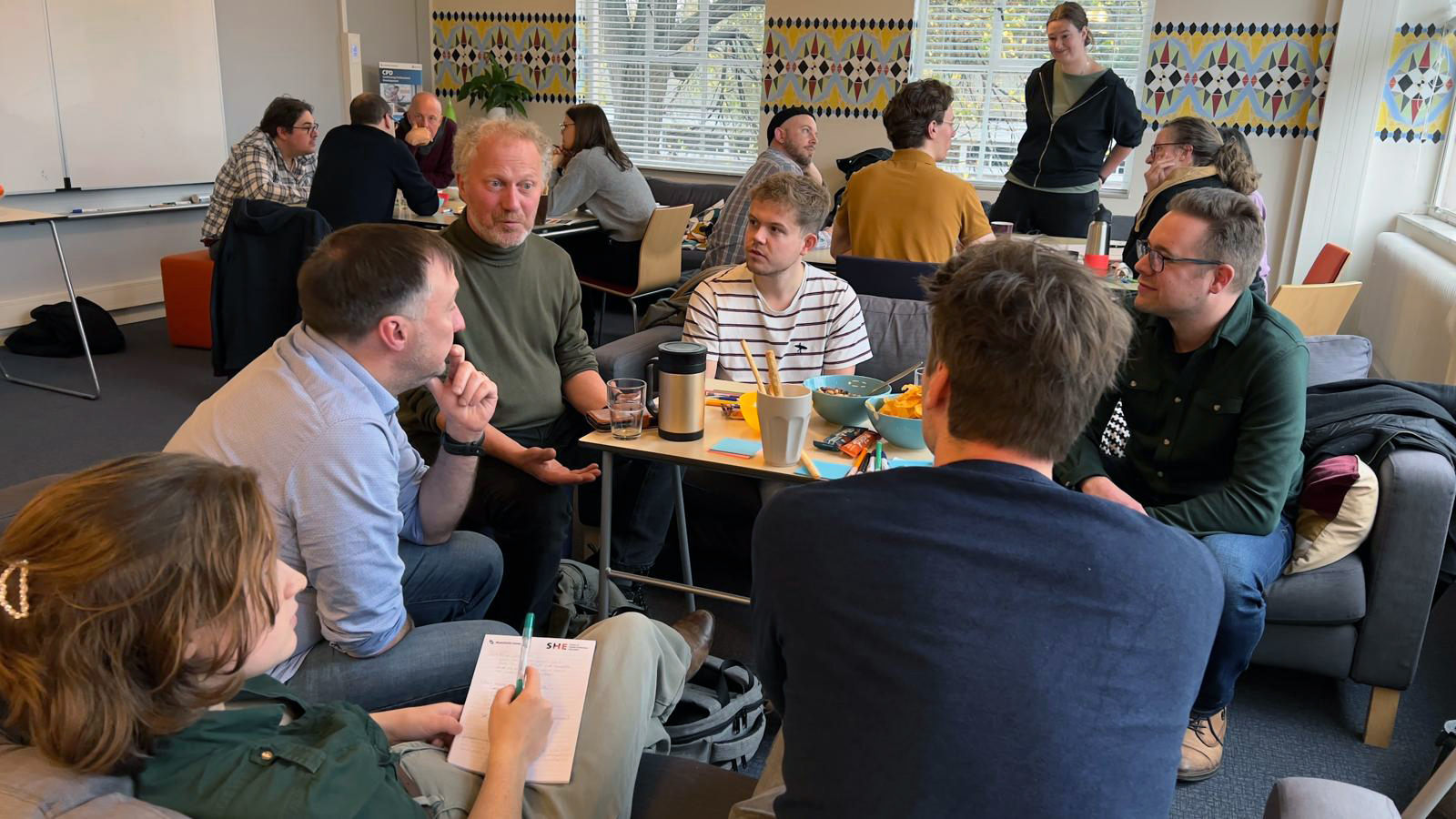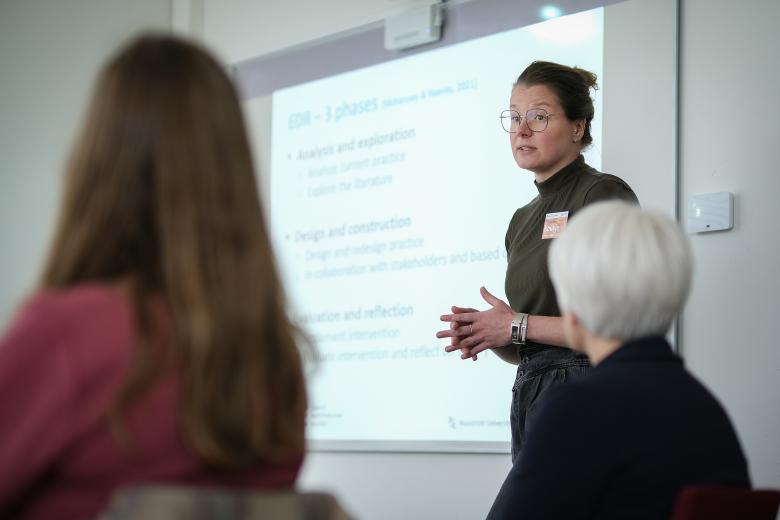Stefan Jongen envisions integrating Large Language Models in education to support learning and teaching
Stefan Jongen, a teacher and education researcher with a passion for professional development at Maastricht University, envisions a future where new technologies like Large Language Models support students’ self-regulated learning and complement traditional teaching methods.
As Generative AI transforms classrooms and careers, Jongen’s research supports integrating these tools with problem-based learning to prepare students for a rapidly evolving job market, while also inspiring educators to create more engaging learning experiences.
Combining LLMs with Problem-Based Learning (PBL)
Large language Models (LLMs), a form of generative AI (GenAI), are having an impact not only on education but also on the labour market. Powered by complex algorithms, LLMs can generate content that mimics human writing style and creativity. However, the debate over their use in education is far from settled, with opinions divided on how to effectively implement these tools and the implications they may have for teaching and learning.
Jongen believes that combining LLMs with Problem-Based Learning (PBL) can help students develop the skills they need for today’s job market. He advocates for policies informed by evidence, including studies on LLMs: "We need to move beyond intuition and make decisions grounded in and informed by research," Jongen says. “This will allow us to elevate the quality of education and provide a more robust foundation for integrating emerging technologies like LLMs into teaching practices.” Jongen’s research explores how tools like LLMs can work within the PBL framework by equipping students with skills for the future workplace while enriching their educational experience.
Towards a more flexible approach to learning
Sudden disruptions in education can open doors for innovation and experimentation, leading us to re-evaluate our relationship with technology. Covid-19 was such a temporary disruption: “The pandemic forced us to rethink our in-person, on-site PBL model,” Jongen explains, “and technology became essential to continue education.”
Disruptive technologies, like LLMs, also give opportunities for a more flexible approach to the traditional PBL model. “Emerging technologies like LLMs are a permanent disruption, so they are here to stay,” he says. “We need to learn how to use them effectively if we want to maintain high quality education.”

LLMs for students and educators
LLMs have the potential to transform both student learning and teaching practices. These tools can simplify complex concepts and make challenging topics more accessible. “They’re excellent resources for helping students master the material and even explain it to their peers,” Jongen says, highlighting how LLMs can foster self-directed and collaborative learning. LLMs can support key principles of PBL, such as students taking an active role in their learning and working independently to solve problems. Tasks like brainstorming, generating content, or finding resources become easier, allowing students to focus on deeper understanding.
For educators, LLMs offer opportunities to streamline tasks and focus on more meaningful aspects of teaching. Jongen explains that these tools are not a replacement for teachers but a way to enhance their role. “LLMs have the potential to augment and facilitate the teaching process,” he says, envisioning a future where educators are freed from repetitive tasks and can dedicate more time to providing personalised feedback and building connections with students. “Interactive moments where teaching staff provide feedback are still a vital aspect of teaching and learning,” he emphasises.
By integrating LLMs thoughtfully into education, both students and educators can benefit—students gain adaptable tools for learning, and educators find more space to focus on creative and impactful teaching practices.
"Room for experimentation is crucial”
Jongen supports an environment where both educators and students have the freedom to experiment with LLMs. “I think that educators, as well as students, should have the space to experiment with it, even if that means making mistakes, and maybe some unintended plagiarism might happen along the way,” Jongen says. He believes that providing this space within a PBL context would significantly enhance the effective use of these tools: “Room for experimentation is crucial for both students and staff.” Encouraging experimentation can help educators and students understand both the benefits and risks of using AI tools, such as avoiding misuse or unintended plagiarism.
By blending experimentation with evidence-informed approaches, Jongen hopes to redefine education, making it more dynamic and immersive.
Text by EDLAB student-assistant Paula Aldaz Laquidain, master student (FHML)
Also read
-
Celebrating 221 UM teachers who earned their University Teaching Qualification!
Educators from FHML (114), SBE (22), FSE (15), Law (33), FASoS (23), and FPN (14) have officially joined the ranks of UTQ-certified teachers.
-
You’re human too! Making tutorial sessions at UM more inclusive
How can tutors make small-group learning at UM genuinely inclusive? In this article, Boukje Compen highlights small, practical steps tutors can take to help students connect, create a safe learning environment, and learn from each other’s perspectives.
-
If a machine can write a flawless essay, what’s left for the writer?
UCM graduate Robin van Wasen traces how writing has shaped her learning, identity, and voice, and asks whether AI, despite its fluency, can ever replace the intent, authenticity, and connection that define human writing.